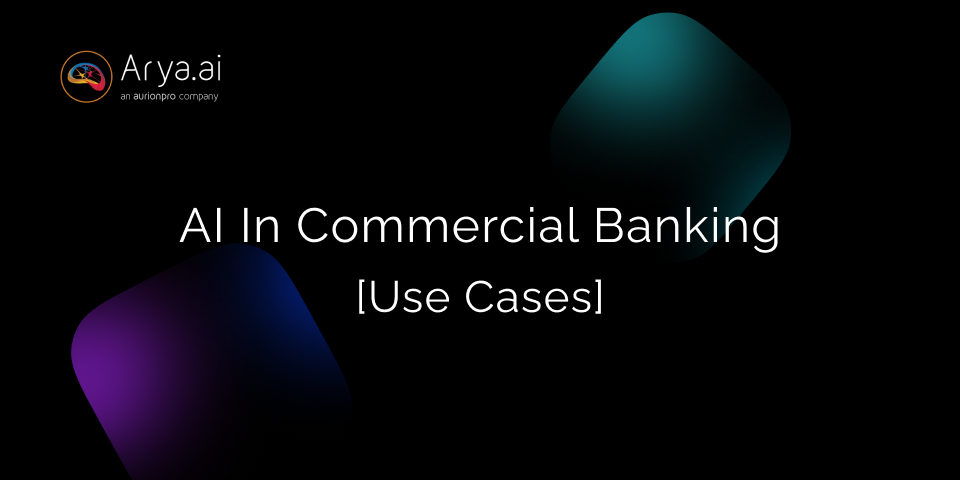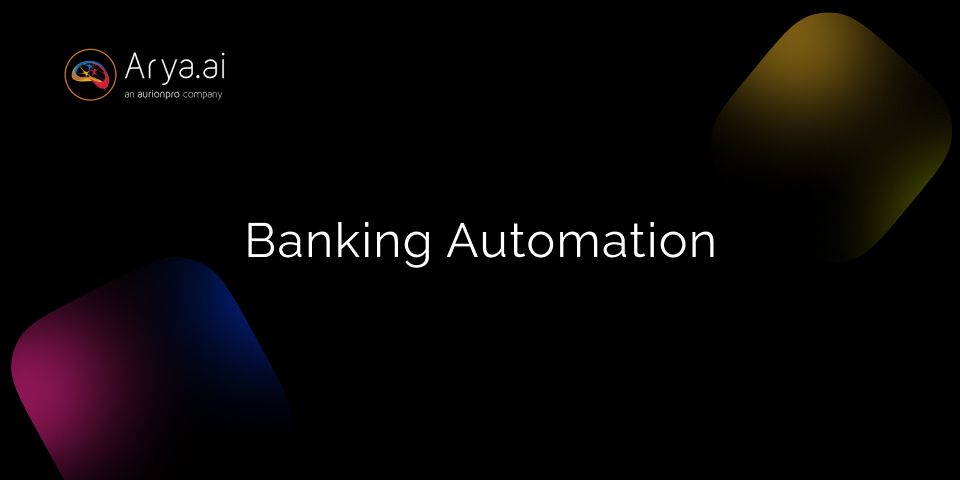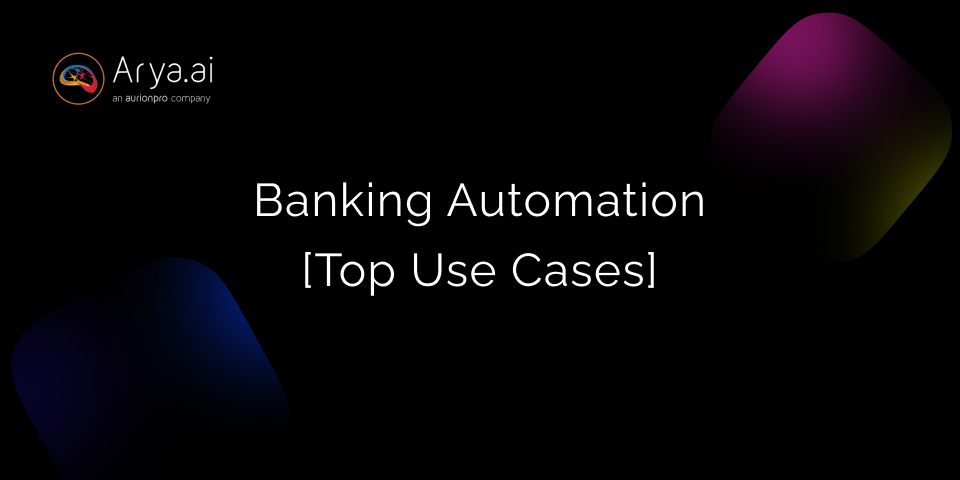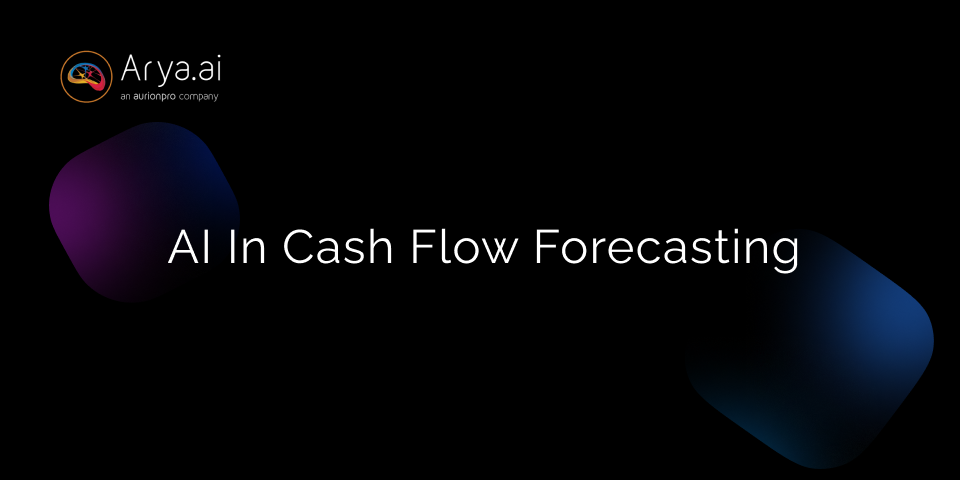The finance sector is betting big on AI. By 2025, it anticipates an investment of USD 5.6 billion, with over 80% of financial institutions considering integration of AI into their operations. Since commercial banks are under increasing pressure to enhance efficiency, reduce risks, and deliver personalized customer experiences, AI can help meet these demands. It has a plethora of use cases that can very well define the next generation of transformations for commercial banks.
AI-Enhanced Customer Service in Banks
1. Personalized Banking Experience
AI-driven solutions have transformed customer interactions in banking. They allow banks to understand and anticipate individual customer needs better. By analyzing customer data, AI systems can recommend specific financial products tailored to individual preferences.
Unlike traditional methods relying on broad customer segmentations, this approach uses the entire customer data spectrum. The result is a highly personalized banking experience that feels bespoke to each client.
2. Enhancing Retention and Satisfaction
Adopting AI in personalized services leads to higher customer satisfaction and retention rates. Customers today demand immediacy and relevance. They switch providers as soon as those needs aren’t met. It further emphasizes how much AI can do in customer retention – an essential metric for banks.
3. Streamlining Customer Queries
AI chatbots are the backbone of this department as they significantly reduce the workload on human agents. This frees up staff to address more complex problems. Traditional customer service channels with long wait times are a significant pain point, compelling banks to invest in AI-powered systems.
Predictive Analytics in Commercial Banking
4. Anticipating Customer Needs
Commercial banks are using predictive analytics to read customer needs early. They start by analyzing trends from various data points. These might include past banking transactions, customer interactions, and even social media mentions. Insights from this begin to highlight shifts in customer preferences. Banks can understand what products or services their clients might want next.
5. Credit Risk Assessment
Traditional credit scoring models often rely on a limited set of factors, such as a borrower’s credit history and income. Predictive analytics expands this by incorporating a much wider range of data points—such as payment history, spending habits, and even social media behavior. These insights help banks create more accurate credit risk profiles.
6. Customer Churn Prediction
AI can help banks identify which customers are likely to leave by analyzing transaction patterns, service usage, and interaction history. Predictive analytics models can highlight early signs of dissatisfaction, such as reduced account activity or withdrawal of funds.
7. Risk Analytics in Commercial Lending
AI systems can provide deep insights into the financial health of businesses applying for loans. By analyzing cash flow, debt ratios, and industry trends, AI helps commercial banks assess the risk associated with business lending more accurately.
Automated Fraud Detection and Prevention
8. Anomaly Detection in Transactions
AI can continuously monitor customer transactions and spot anomalies that indicate fraudulent activities. Unlike traditional rule-based systems, AI can adapt and learn new fraud patterns, making it more effective in preventing emerging threats.
9. Fraudulent Loan Applications
AI models can analyze loan applications to identify potential fraud by cross-referencing applicant data with historical fraud patterns. AI can detect forged documents, manipulated financial statements, or suspicious activity related to loan eligibility, allowing banks to filter out high-risk applications.
10. Deepfake Detection
As digital fraud becomes more sophisticated, AI plays a key role in identifying deepfakes- AI-generated fake identities or documents. This is particularly important during onboarding processes and KYC verifications, where detecting fake profiles can prevent account takeovers and identity fraud.

Compliance and Regulatory Adherence
11. Anti-Money Laundering (AML) Compliance
AI systems analyze vast amounts of transactional data to identify patterns and anomalies that indicate potential money laundering schemes. By automating the process, banks can flag suspicious transactions in real-time and reduce manual oversight, resulting in faster investigations.
12. Know Your Customer (KYC) Automation
AI streamlines KYC by automating customer verification through facial recognition, passive liveness detection, and document fraud detection. This speeds up onboarding processes while ensuring accuracy and reducing fraud risk.
AI-Driven Operational Efficiency
13. Document Digitization
Commercial banks deal with a vast array of financial documents, from loan applications to contracts. AI-powered document digitization tools can scan, interpret, and extract critical data from documents in real-time. This reduces the need for manual data entry, accelerates processing times, and improves accuracy.
14. Robotic Process Automation (RPA)
AI-driven RPA automates repetitive tasks such as transaction reconciliations, loan processing, and compliance reporting. This significantly reduces processing times and operational costs.
15. Cheque Processing Automation
AI solutions are now capable of automating cheque processing by reading, verifying, and processing cheque images. AI can detect fraud in cheques, verify signatures, and ensure proper routing of funds
Future Predictions for AI in Commercial Banking
⮞ AI-Driven Predictive Banking
Predictive banking will move beyond just anticipating customer needs. AI will enable banks to offer hyper-personalized services in real-time, leveraging data from various touchpoints. This will transform customer engagement from a reactive to a proactive approach, helping banks strengthen client relationships and increase retention.
⮞ Voice-Activated Commercial Banking
Voice-activated banking and conversational AI assistants will become more prevalent. Business clients will be able to perform complex banking tasks, such as transferring funds, applying for loans, or analyzing cash flow, simply through voice commands.
Conclusion
AI is reshaping commercial banking, offering transformative solutions that enhance operational efficiency, customer satisfaction, and risk management. From personalized customer experiences to advanced fraud detection, predictive analytics, and automated compliance, AI is enabling banks to operate more proactively.
By integrating AI across key banking functions- whether in lending, fraud prevention, or customer service, commercial banks can not only optimize their internal processes but also offer more personalized, secure, and efficient services to their clients.






